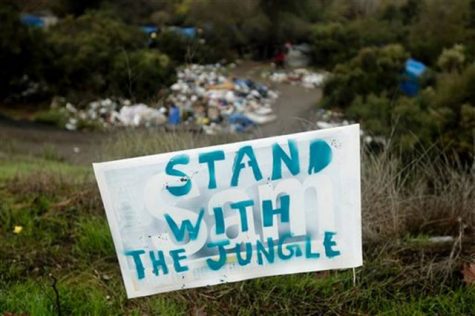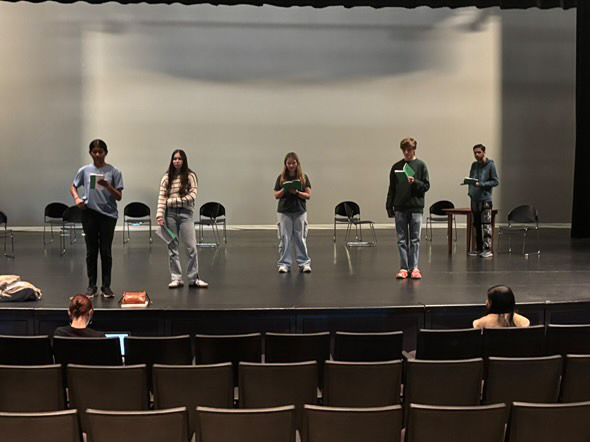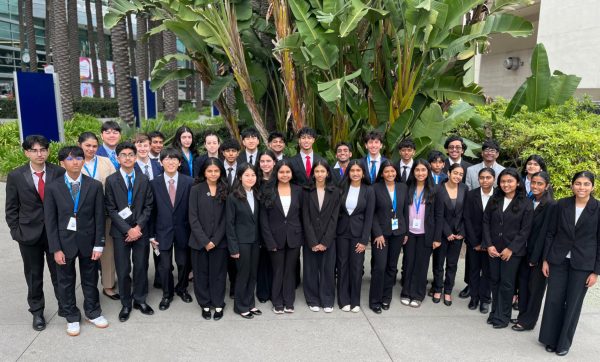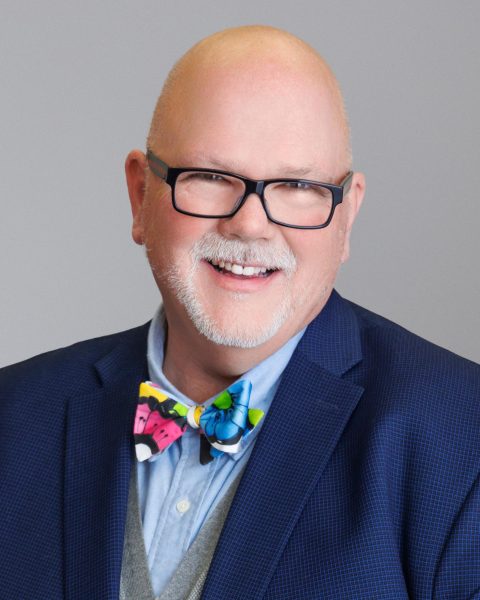The City of Contradictions

In December 2014, San Jose police raided and shut down “the Jungle,” the largest homeless encampment in the country, which drew national scrutiny to Silicon Valley’s rich-poor divide.
Whether you live in Santa Clara, Sunnyvale, or San Jose, you are a resident of Silicon Valley. That makes you—regardless of your personal socioeconomic background—a product of the wealthiest region in America. Since the Great Recession, traditional industries from construction to newspaper publishing (wink wink) have struggled. But the tech industry, of which Silicon Valley is the world’s capital, has all but boomed. Just ask the more than one billion people who have bought smartphones from Apple, the tech giant based in Cupertino.
The comparative resilience of the tech market has allowed the South Bay, also known as Silicon Valley, to far outstrip the rest of America in economic growth. According to the US Census Bureau, Santa Clara County had a median household income of almost $100,000 in 2015, expected to jump to $112,000 this year. That is more than twice the national average of $51,000. Residents of San Jose, the tenth largest city in the US and the hub of Silicon Valley, have higher incomes than those of any big city in the country.
However, that is not the whole story. While the Bay Area middle class reaches new heights of prosperity, the gap between the rich and poor continues to widen—and not slowly, either. “High tech industries are driving the gains in the Bay Area,” agrees Jim Diffley, senior director at IHS Economics. But they also drive up other things—for instance, housing prices. And for every family that is forced to sell their house and move away, there is another supported by a lucrative tech salary just waiting to move in.
And for those who are displaced, what then? Many of them simply move away to refuge cities like Morgan Hill, Pleasanton, and Livermore, which in turn become more crowded and more expensive to live in. And more often than not, those who leave keep their old jobs here in the Silicon Valley, either by choice or necessity. This forces them to become commuters who spend “hours and hours in automobiles each day,” observes entrepreneur Russell Hancock of Joint Venture Silicon Valley. “That is not how you build families. That isn’t a life.”
The other, more desperate option? Homelessness. Along with the veterans, drug addicts, and mentally disabled who unfortunately populate the streets of any American town, the Bay Area is home to a small but growing enclave of homeless who have jobs, cars, and often families—but no homes. For one reason or another, these people could not stay afloat in the housing market; but instead of dropping everything and leaving, they chose to hold on to their career and try to ride it out on the streets. They live in their vehicles or in tent communities, working and sending their kids to school like anybody else.
In December 2014, San Jose police raided and shut down “the Jungle,” a homeless encampment on Coyote Creek believed to be the largest in the country, with over 300 people on 68 acres by conservative estimates. The city claimed that the encampment was contaminating the creek, which carried refuse into other parts of San Jose. The event made national news, and since then, San Jose’s rich-poor divide has been a subject of national scrutiny.
The city was praised at first for taking initiative to solve the homeless problem. But the commendations turned to condemnation when it came out that San Jose’s shelters were only able to house about half of the 300 newly displaced homeless. The rest were scattered throughout the city, reflecting Silicon Valley’s attitude of “out of sight, out of mind.”
Even so, San Jose’s rate of homelessness is not significantly higher than other big cities. What sets us apart is our relative apathy towards the people in need. In 2015, the IRS reported that San Jose as a whole donated barely 2% of its income to charity; it ranked last out of America’s largest cities, some of which donated five percent or more. In simplest terms, we are the richest, but also the least generous.
The predictable outcome is that San Jose’s relief organizations are drastically underfunded. Chief among these are homeless shelters, or rather the lack of them. The US Department of Housing and Urban Development reports that three-quarters of San Jose’s homeless are unsheltered. For every shelter bed, there are more than three homeless people, making the streets the only option left for many homeless people.
The income disparity has brought about “an alarming situation,” says Tracey Grose of the Bay Area Council’s Economic Institute. We cannot all be tech workers; we need our electricians and patent attorneys and contractors. People who could pass for middle class anywhere else are being outcompeted in the Bay Area. We have become, in the words of economist Jon Haveman, “a region of haves and have-nots.”
Homeless rights activist Robert Aguirre lived in the Jungle for ten months before it was shut down. He says that all the fuss about environmental contamination was an excuse for the city to get rid of the homeless. “I’m much more interested in repairing the people than the creek,” he concludes. “Both are important. But people should come first.”





